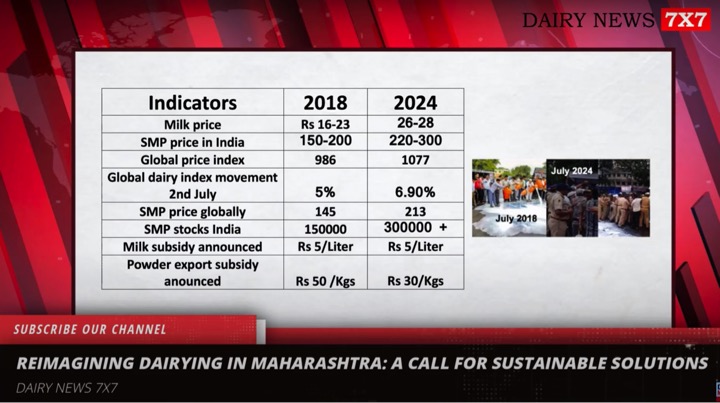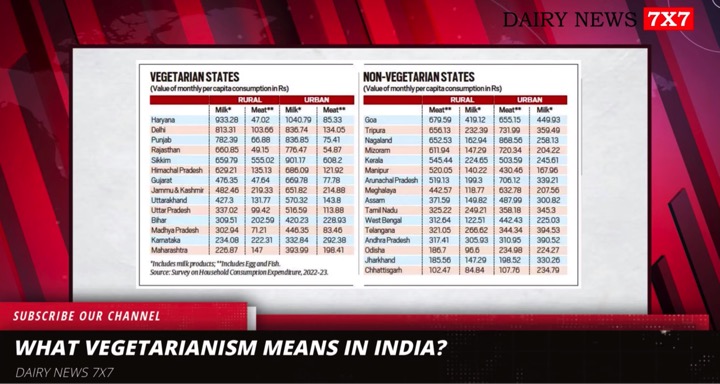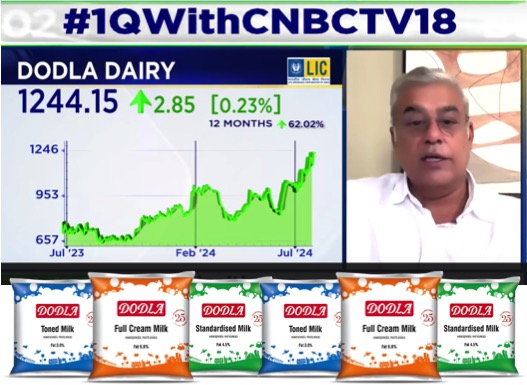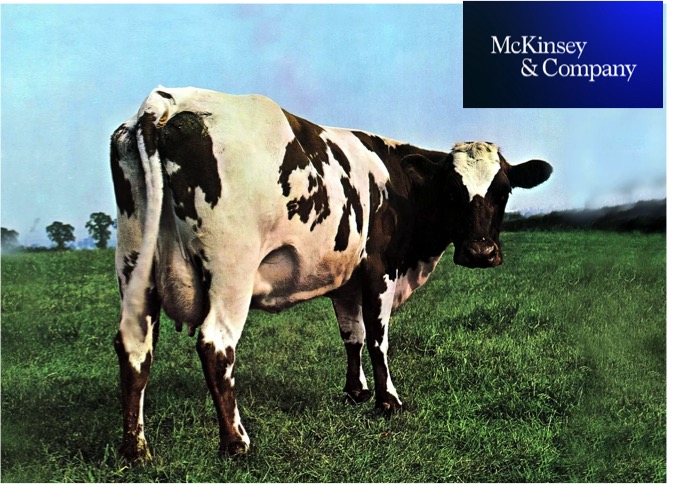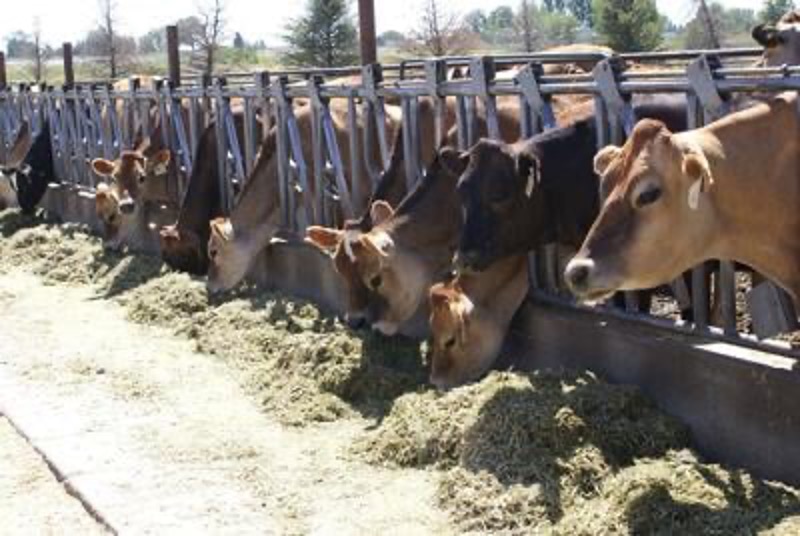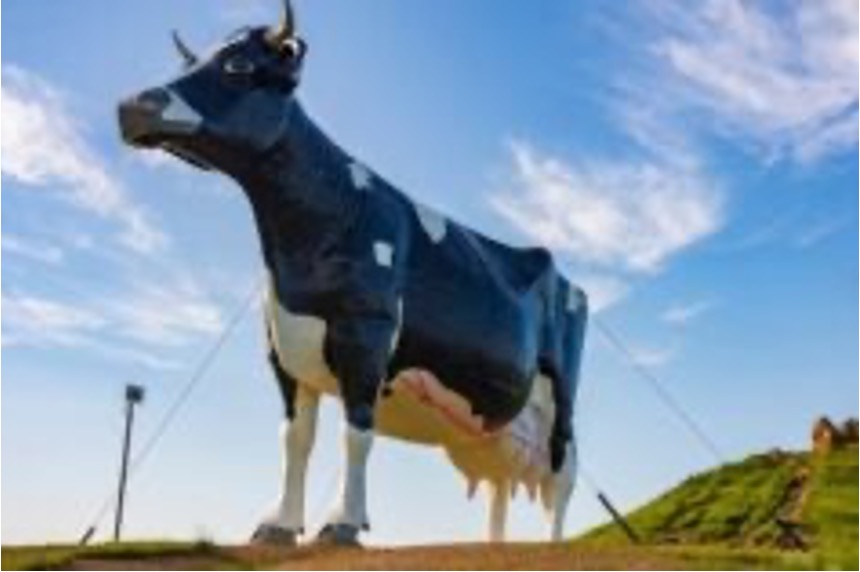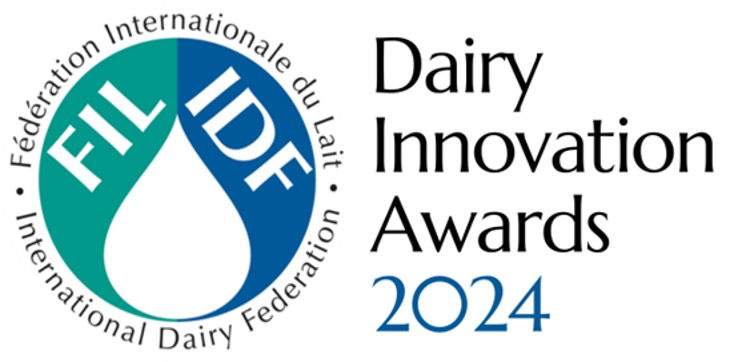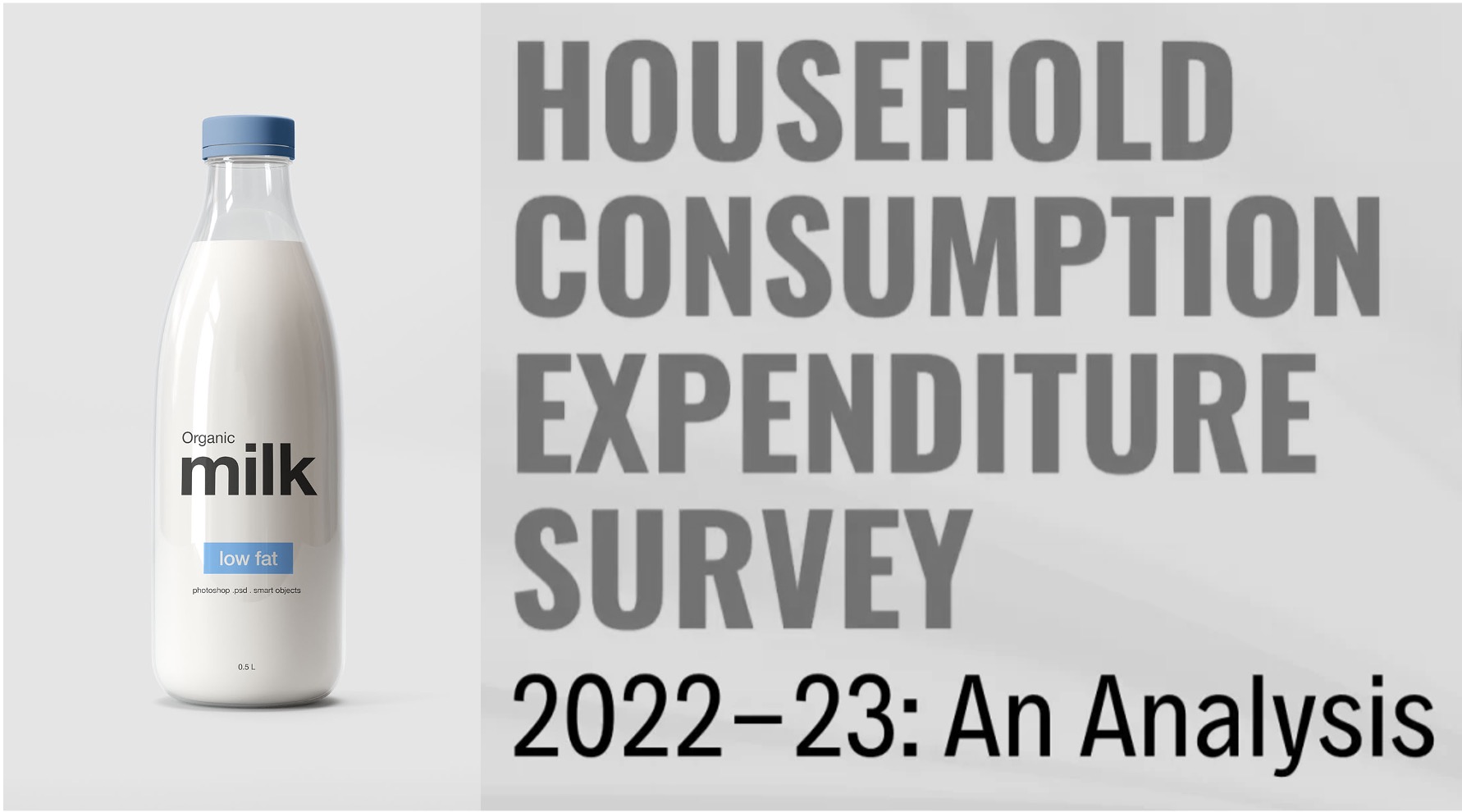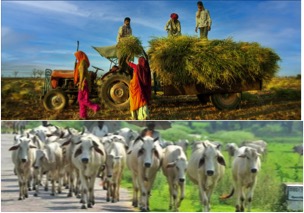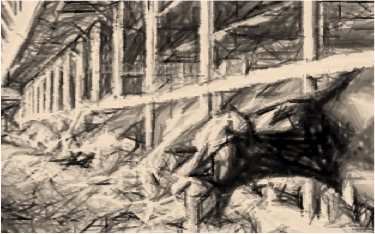Milk prices are unlikely to witness spikes in the coming months due to cooler temperature in April and parts of May, which has delayed the onset of ‘lean’ season, when milk production usually drops, according to Meenesh Shah, chairman & managing director, National Dairy Development Board (NDDB).
“The end of the flush season when milk production goes up was delayed by rains and cooler climates in the last few months, thus helping dairy cooperatives to build up stocks for the lean summer months when output would drop,” Shah told FE.
He ruled out any possibility of imports of dairy products such as ghee at present to meet domestic demands of milk and products.
“There has been an increase of 7.5% in milk procurement by cooperatives in April 2023 compared to a year ago month,” Shah said.
Retail inflation in milk was reported at 8.78% in April 2023. The milk inflation has remained elevated at over 6% since August 2022.
WPI milk inflation also remained high at 7.1% in April 2023.
Despite India being the largest milk producer since 1998, the commodity has been the second biggest factor after cereals such as rice and wheat in driving up retail inflation in the last fiscal.
Milk has the second highest weight in the food and beverages basket of the consumer price index at 6.61%, a notch lower than cereals and products that have a 9.67% weight.
Organised players, including Mother Dairy and Amul, hiked milk prices multiple times in the last one year citing higher fodder cost, robust demand and some impact due to reports of lumpy skin disease.
Industry sources said that feed cost, which has a share of more than 65% in the cost of production of milk, has increased to Rs 20/kg from Rs 8/kg a year ago.
“We do not anticipate any reduction in milk prices till November,” RS Sodhi, President, Indian Dairy Association,last month told FE. The stability in milk prices is expected only by winter months, he had earlier said.
The finance ministry last month attributed the elevated milk inflation to a demand supply mismatch and said it could be one of the factors apart from volatile international crude oil prices and constrained supplies of milk would influence the country’s inflation trajectory.
A combination of high cost of feed and raw material, and supply challenges, lumpy skin disease (LSD) and rising dairy exports has impacted milk production and costs, leading organised players, including Mother Dairy and Amul, to hike milk prices multiple times in the last one year.
“Milk production has been impacted by a lumpy skin disease infecting millions of cattle in late 2022,” the ministry said in the monthly economic review, adding that the vaccination drive against the disease is expected to curb the spread and immune the cattle against the skin disease. “While this would increase milk supply, a general drop in inflation will moderate the fodder and transport costs, thereby lowering milk inflation,” it said.
For the first time in decades, the country’s milk production is likely to have stagnated in 2022-23 due to LSD in cattle across several states and the lagged effect of Covid-19 in the form of stunting of the animals, a senior official with department of animal husbandry and dairying last month has stated. The milk production was estimated at 221 million tonne in 2021-22.







